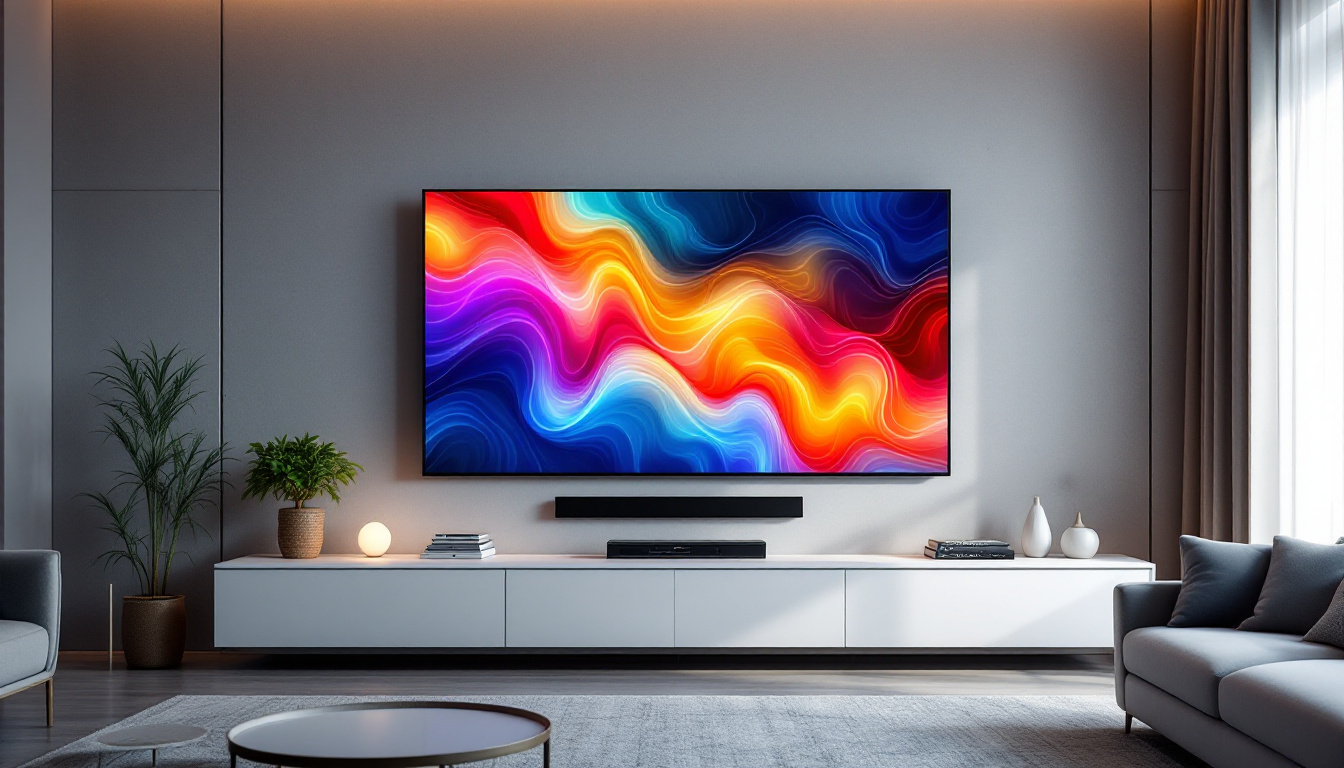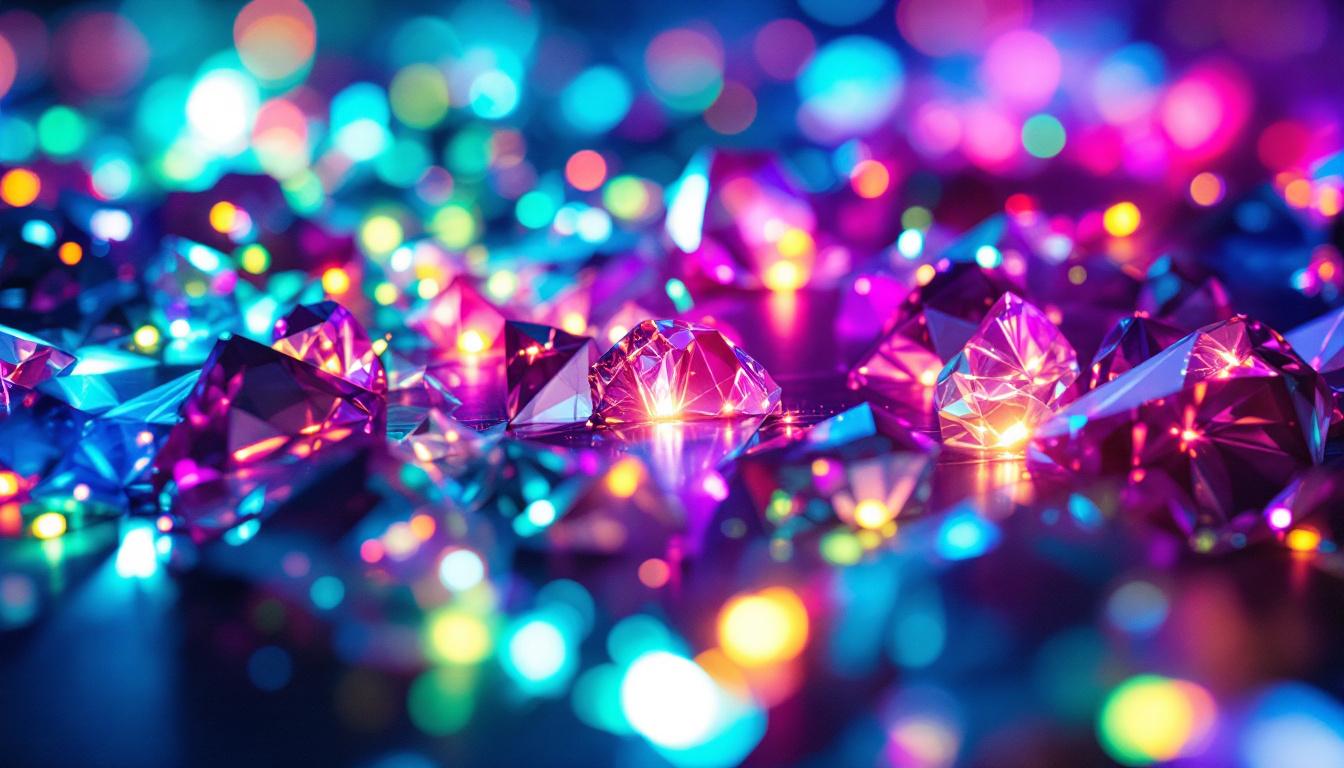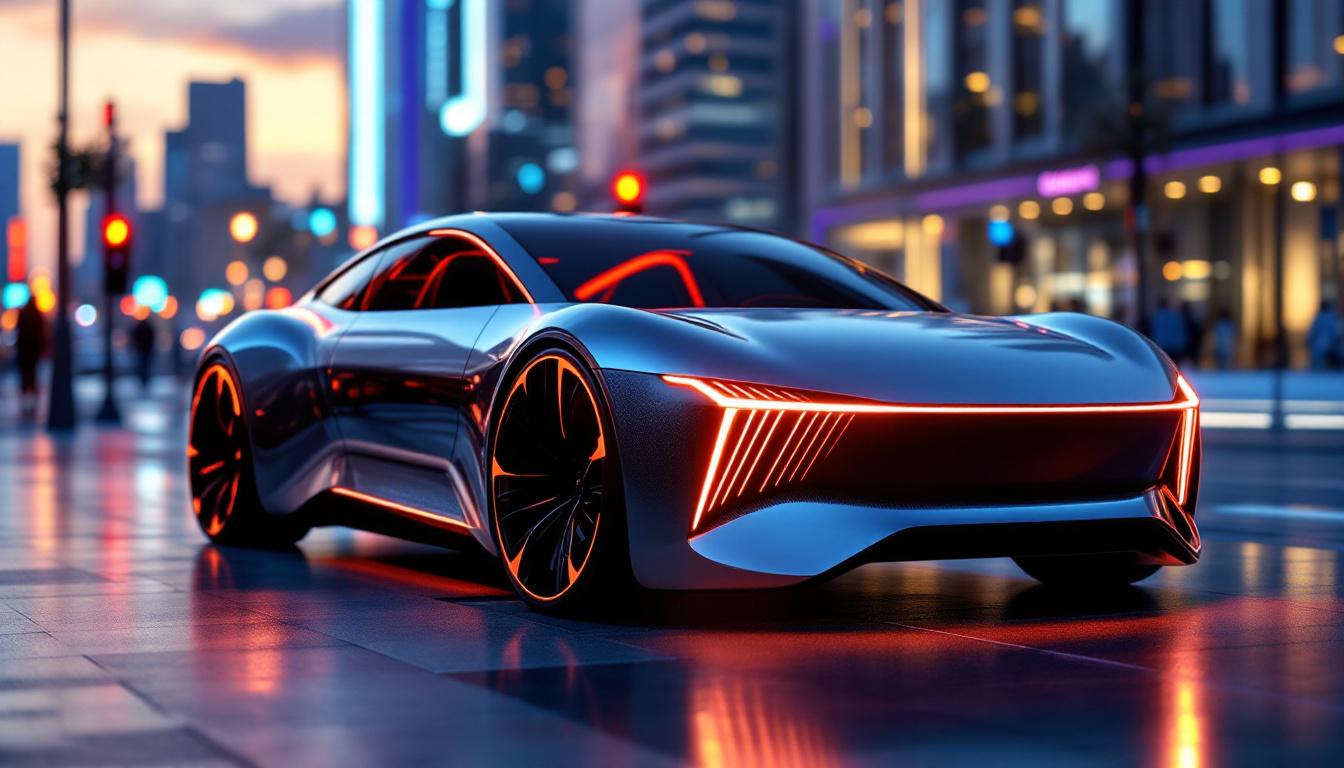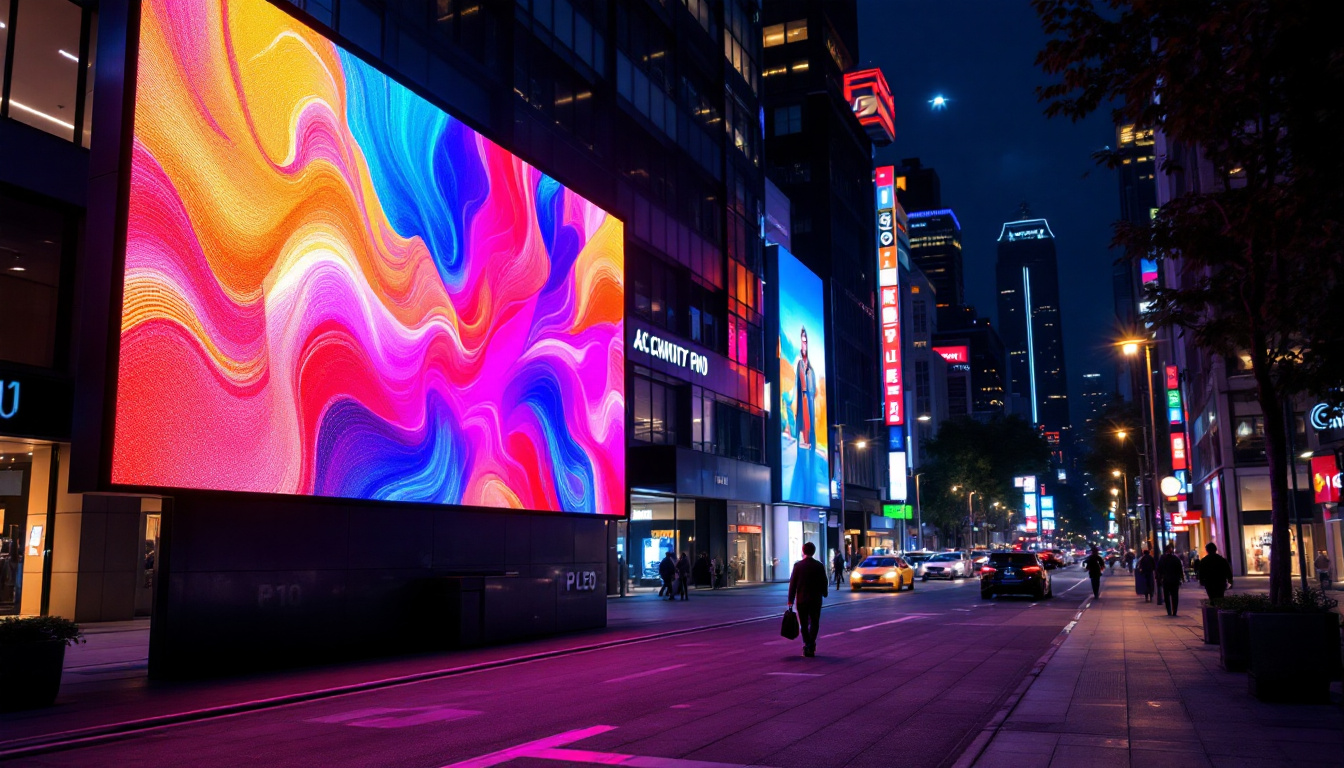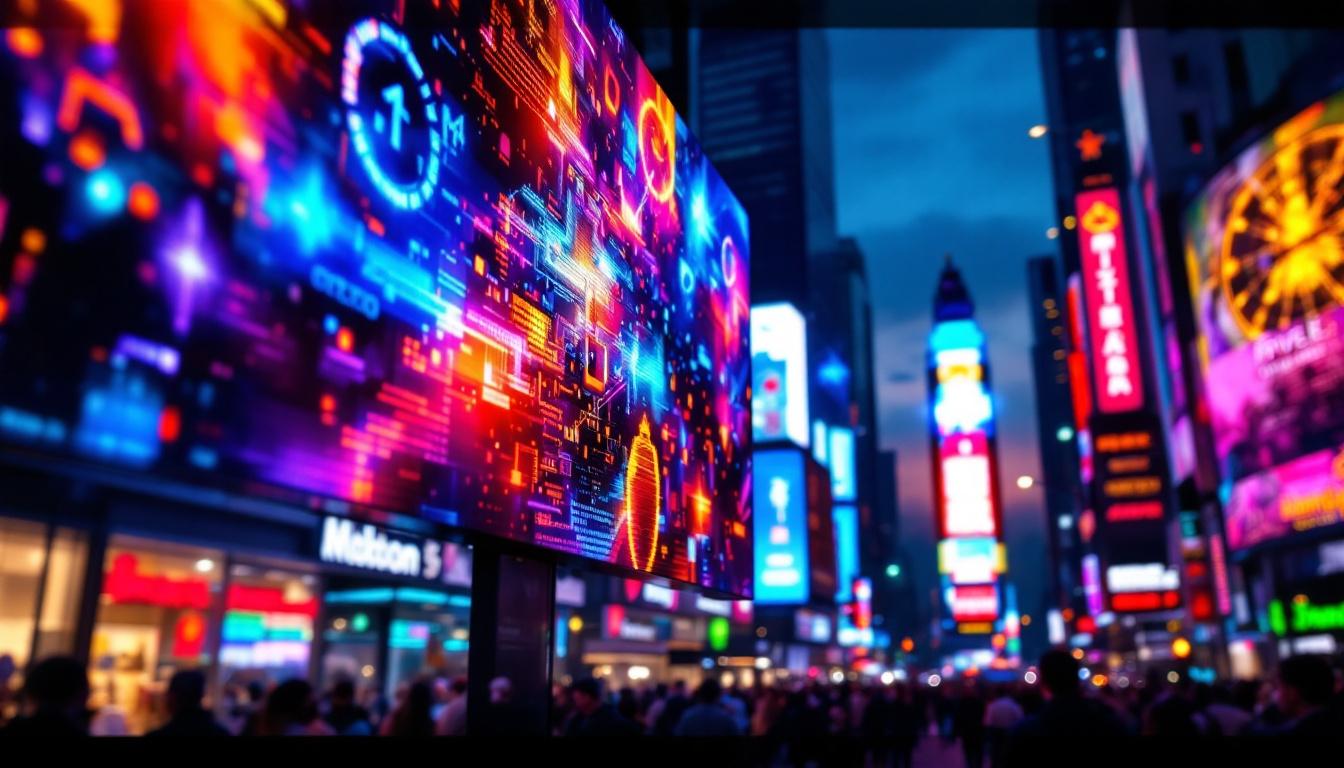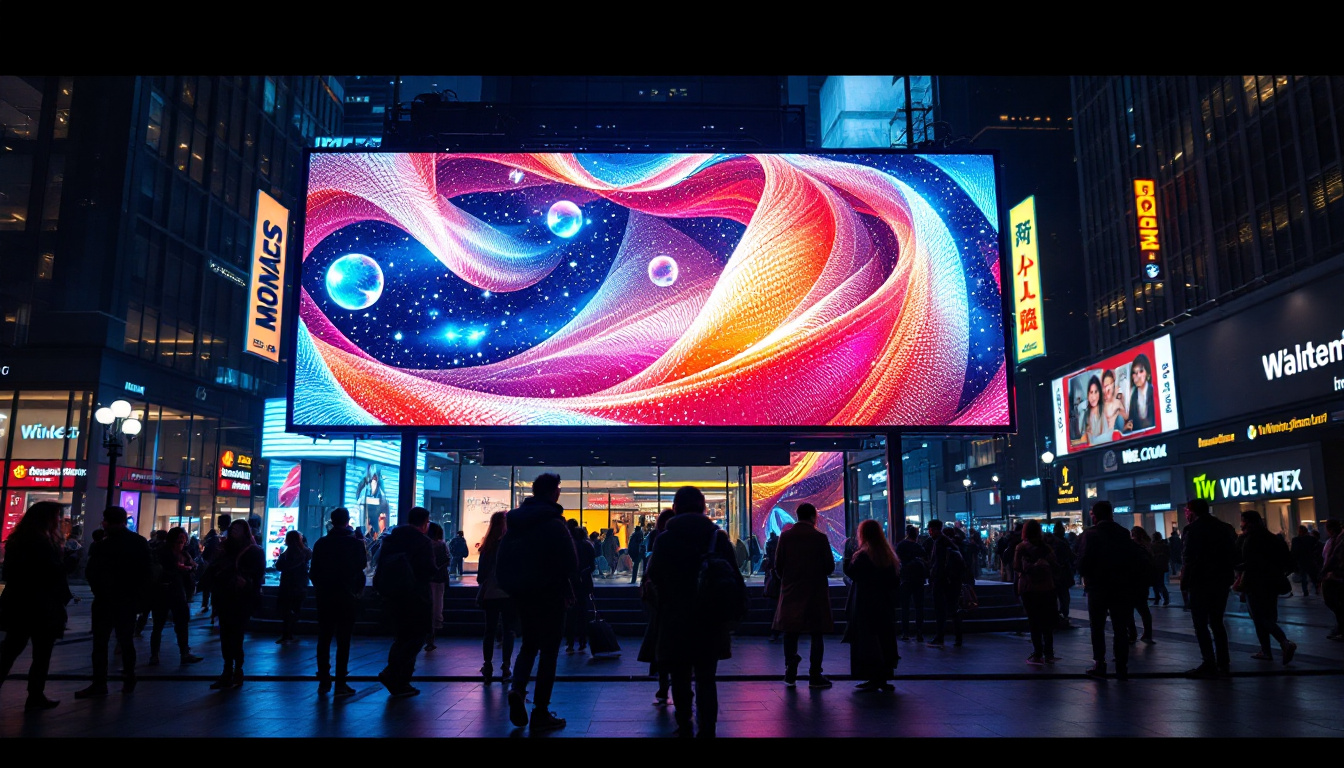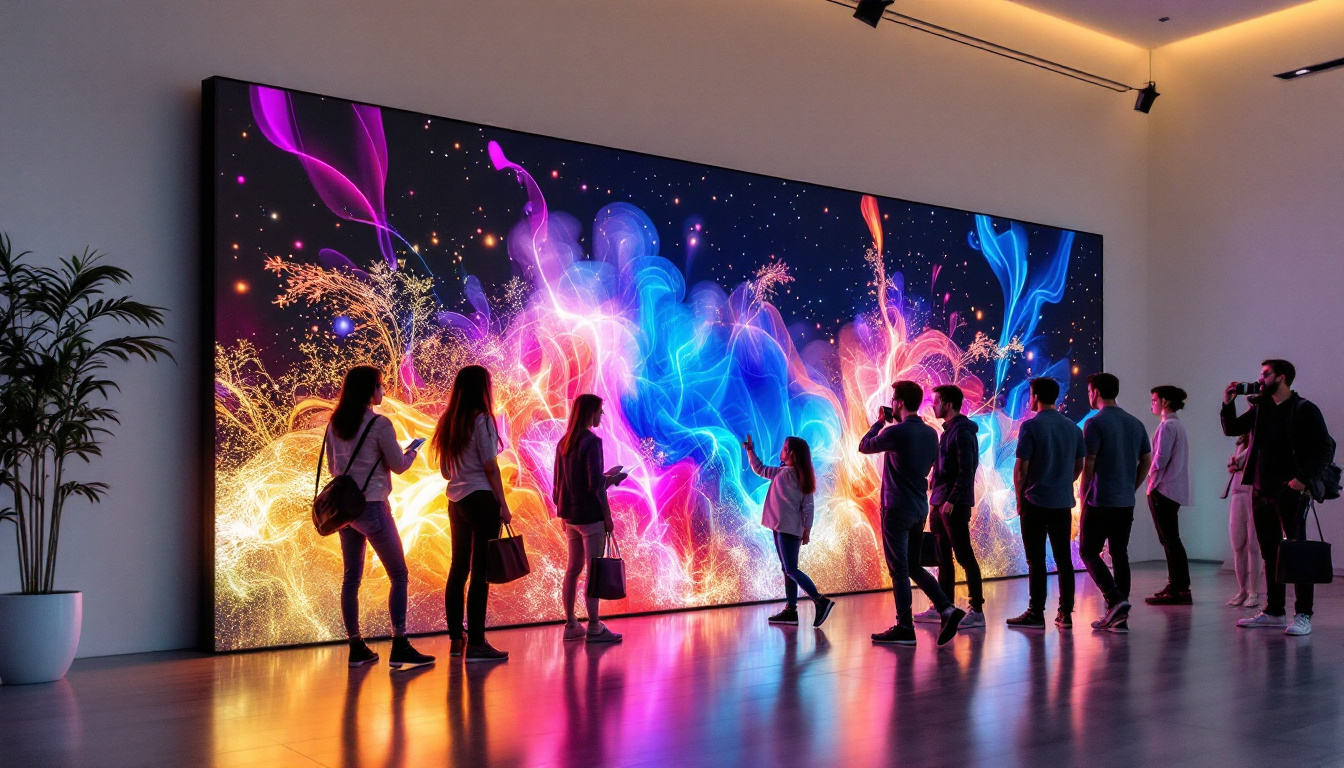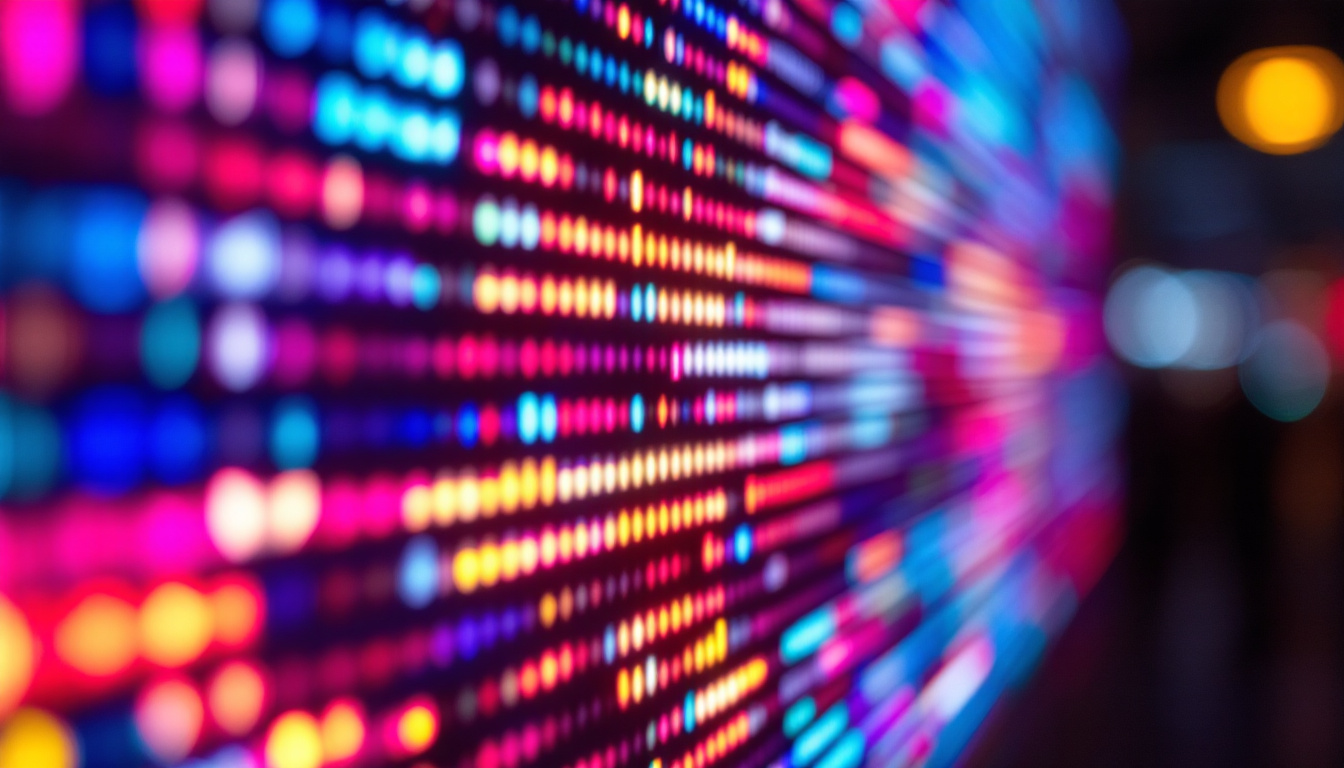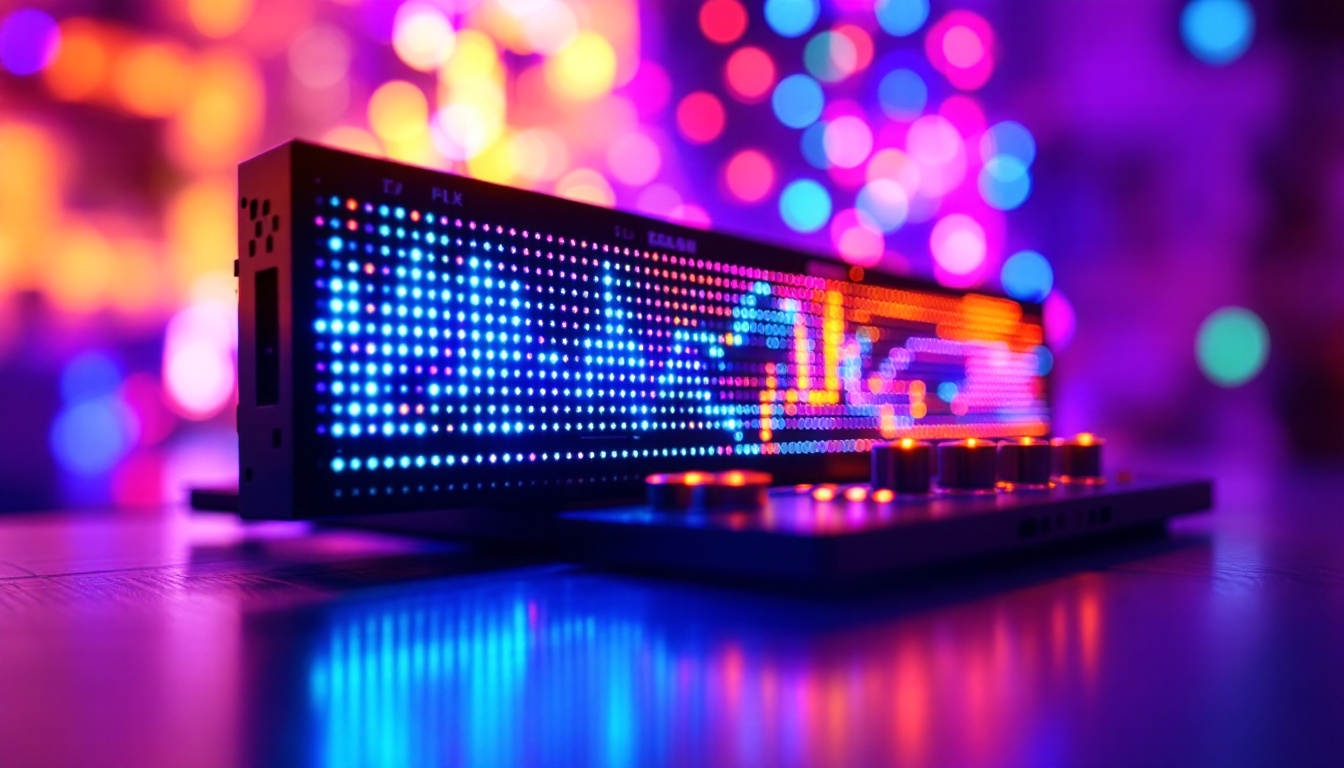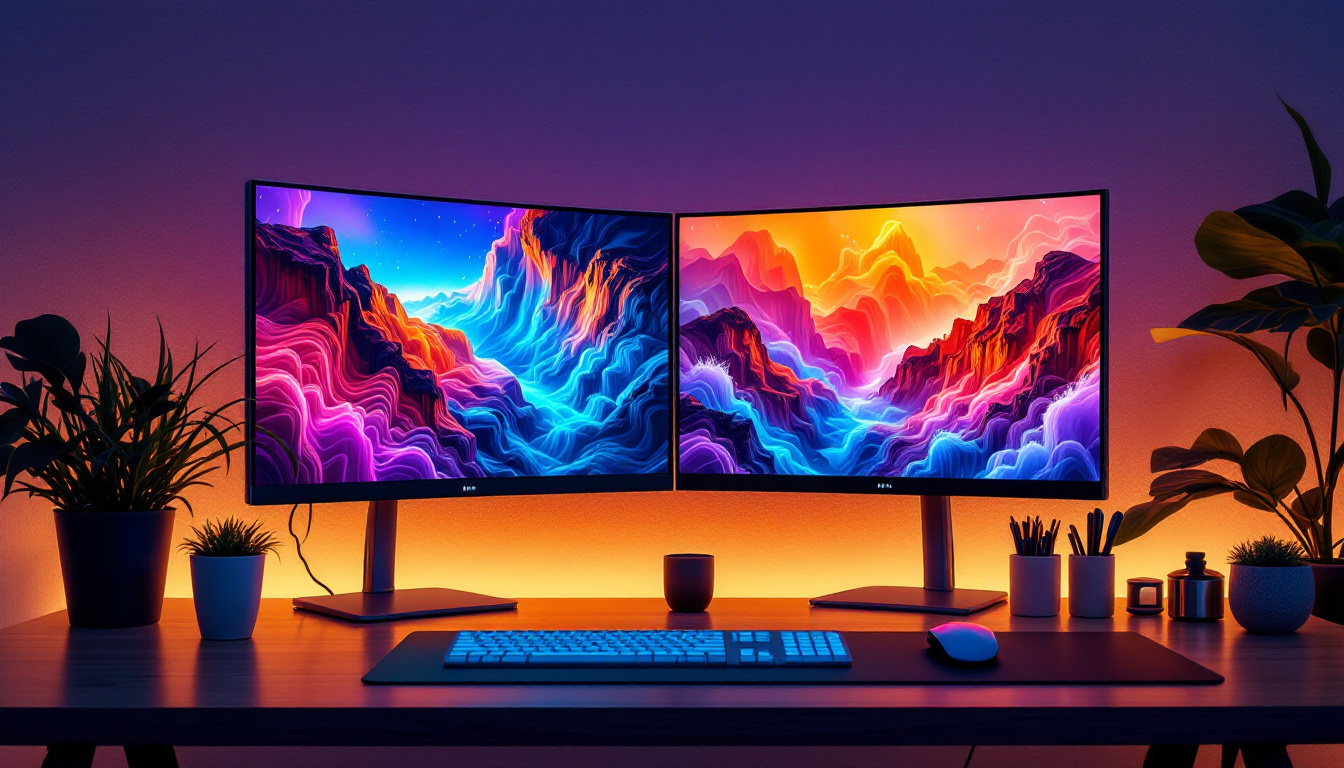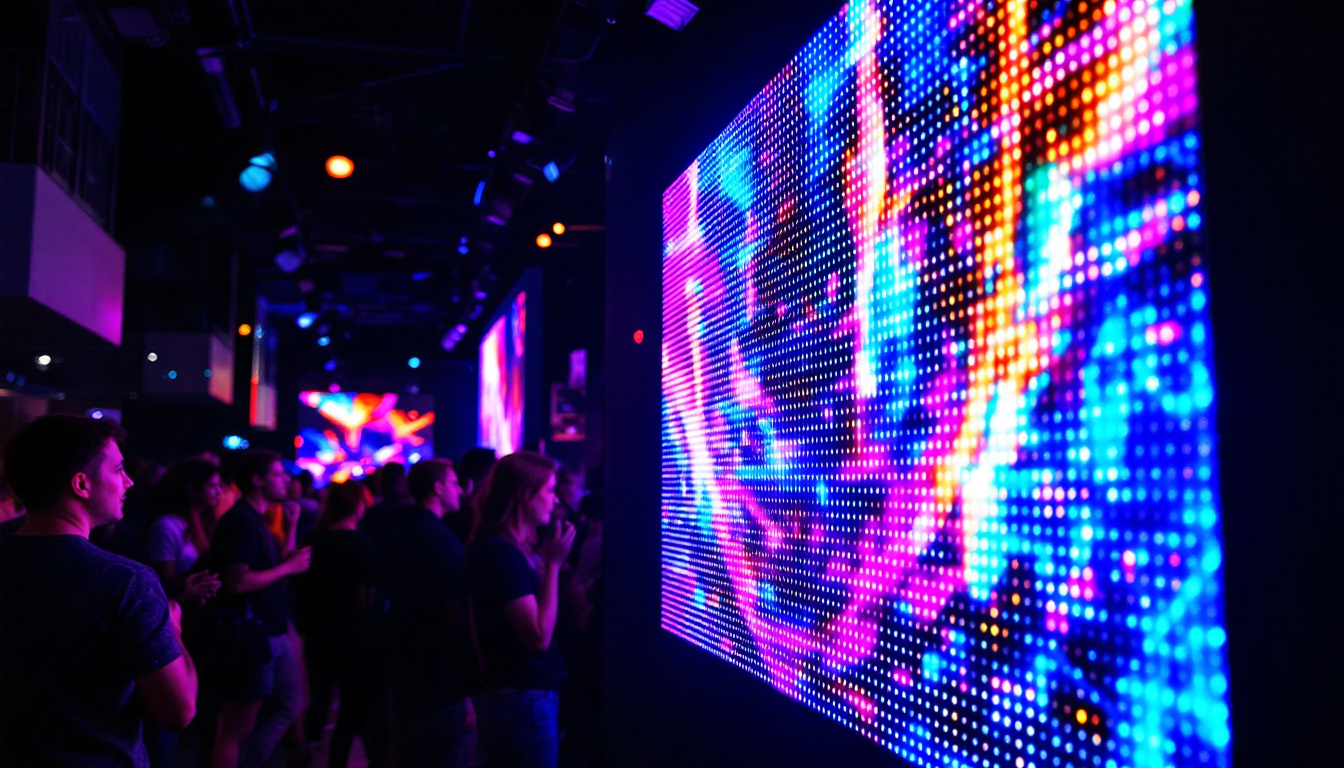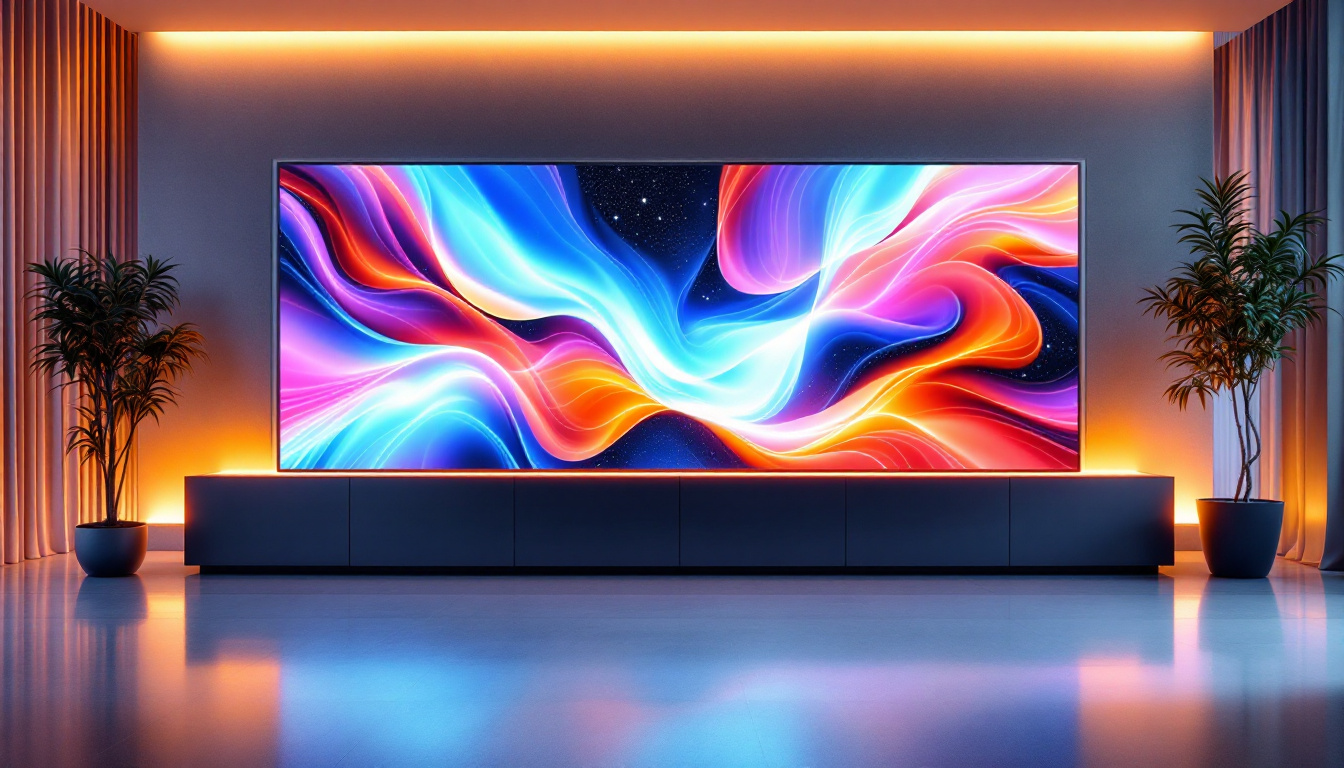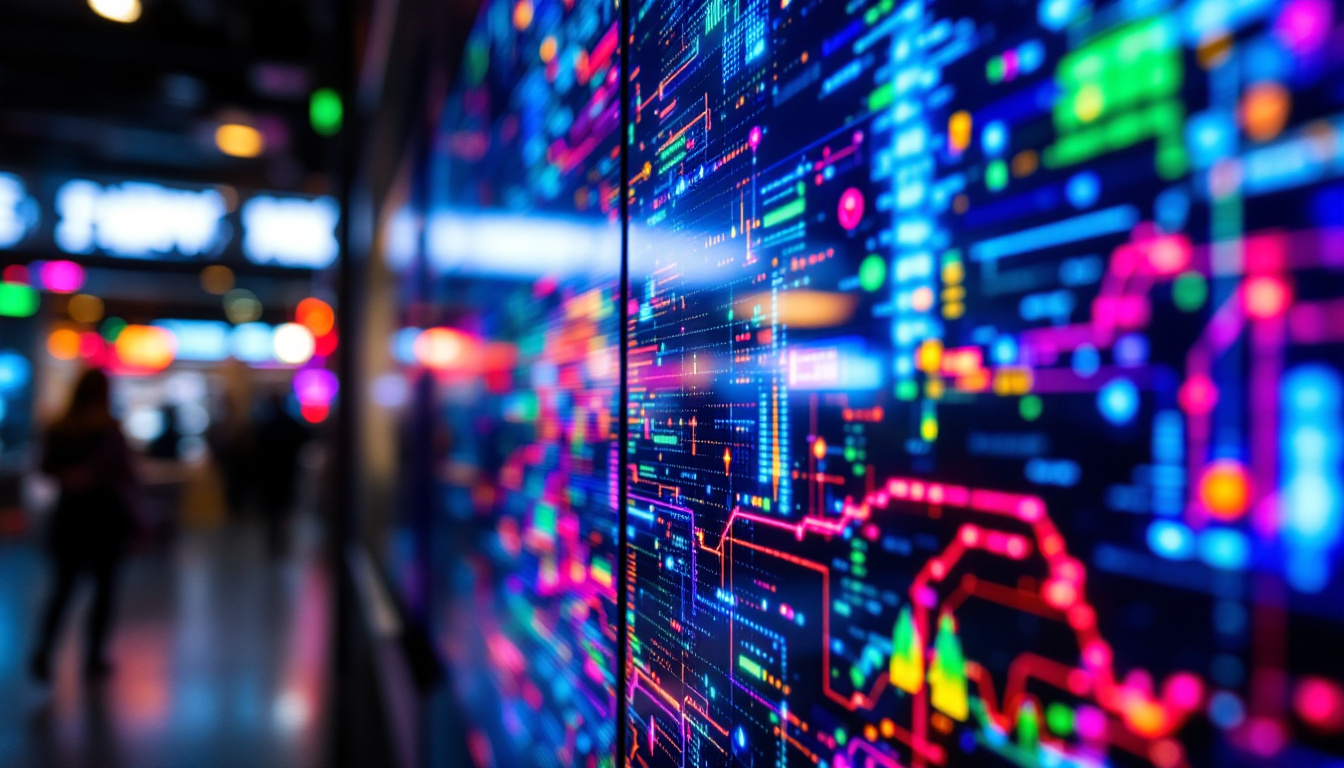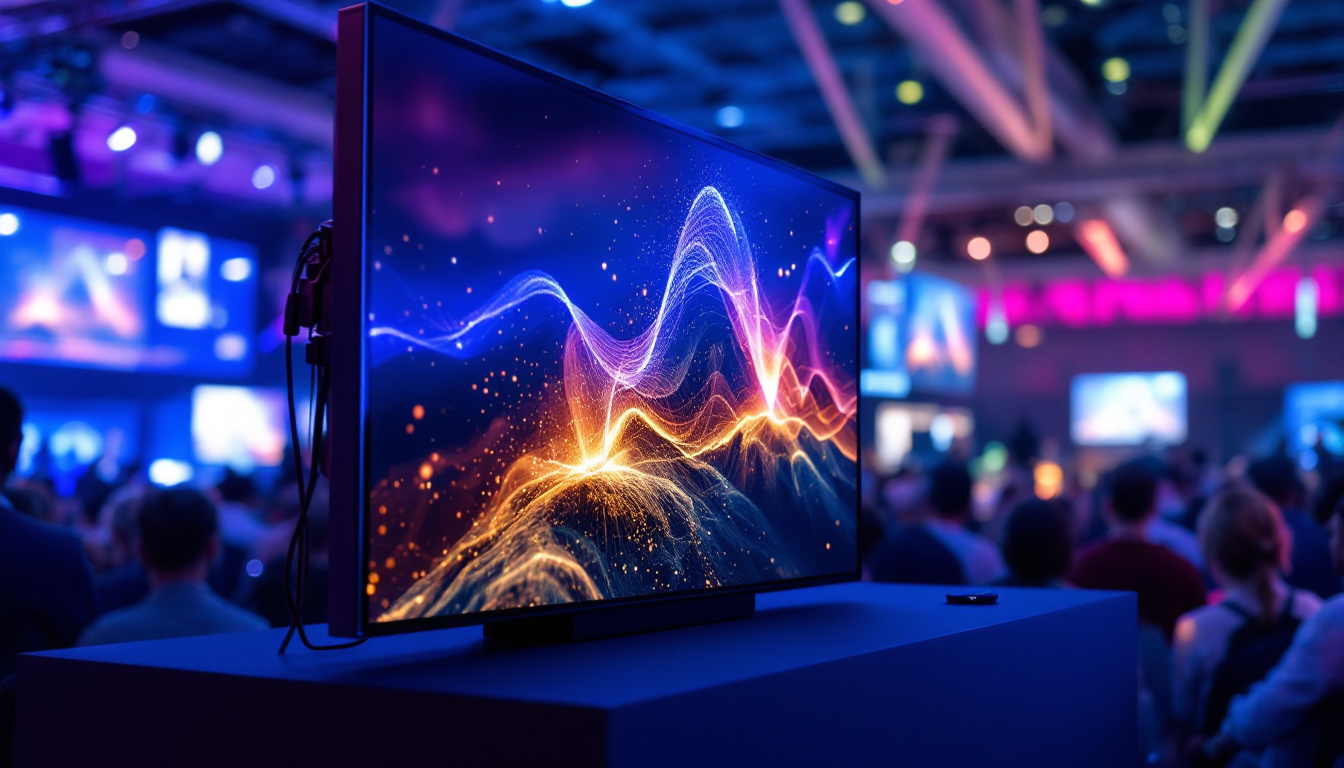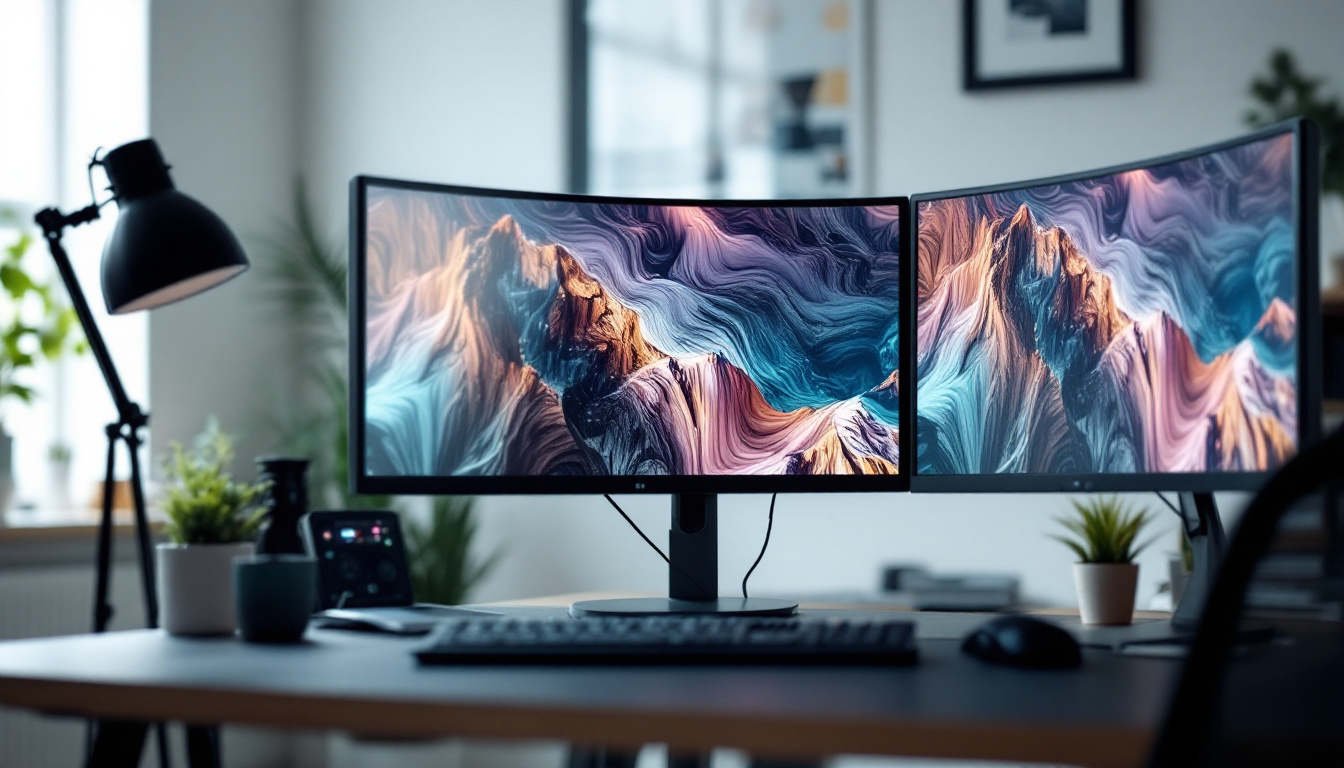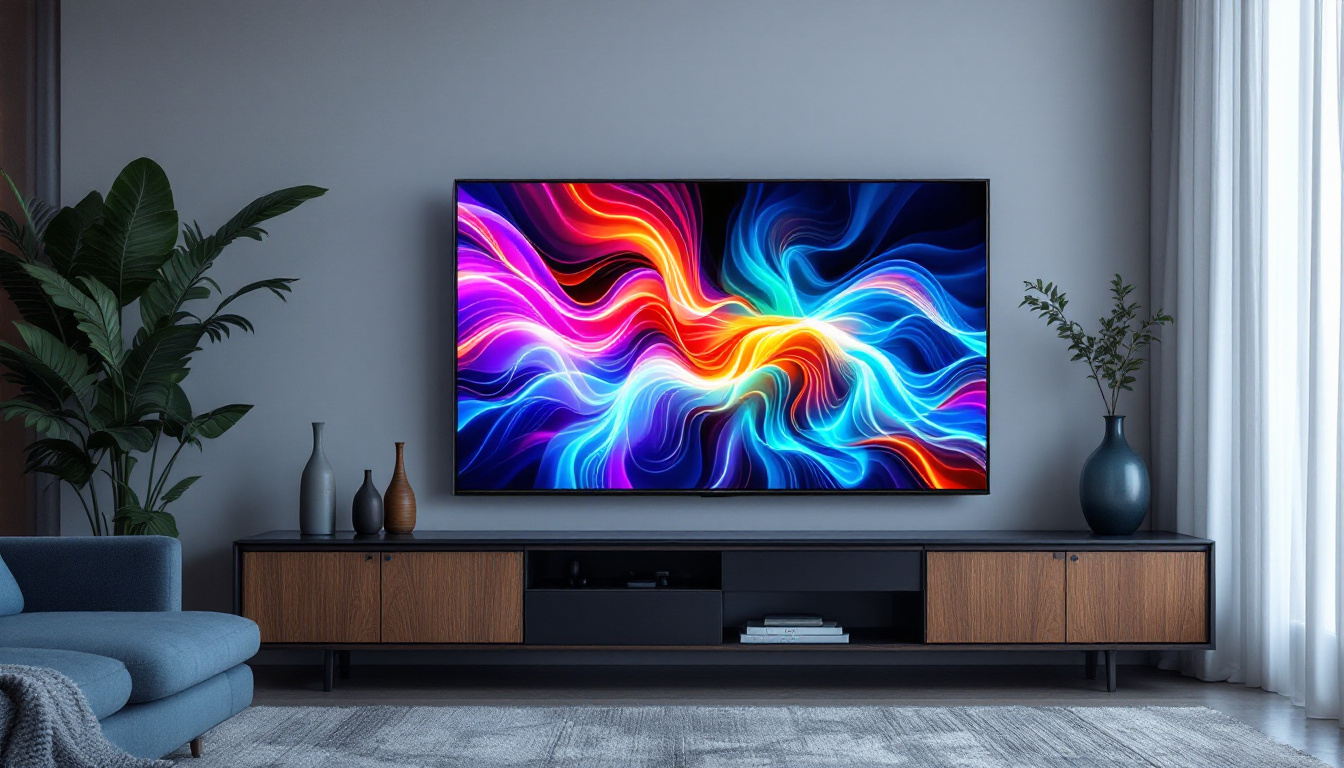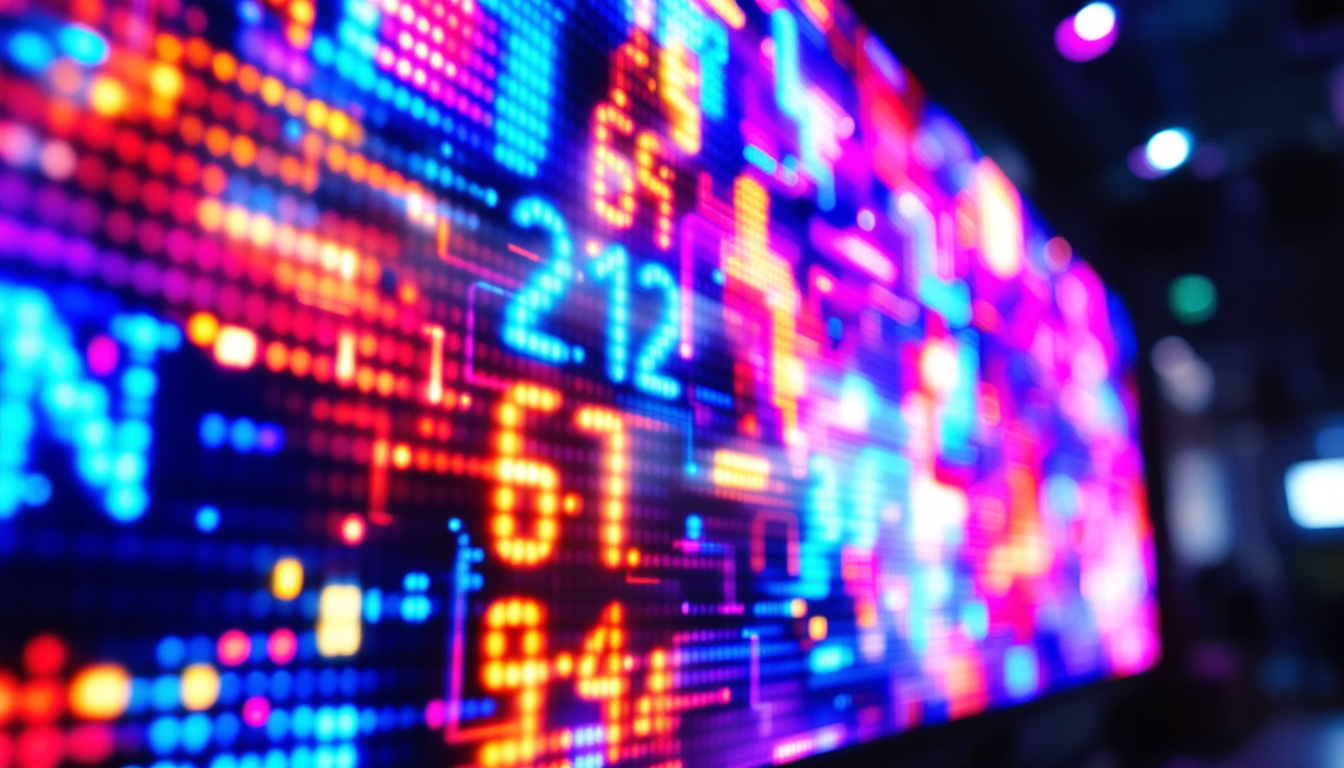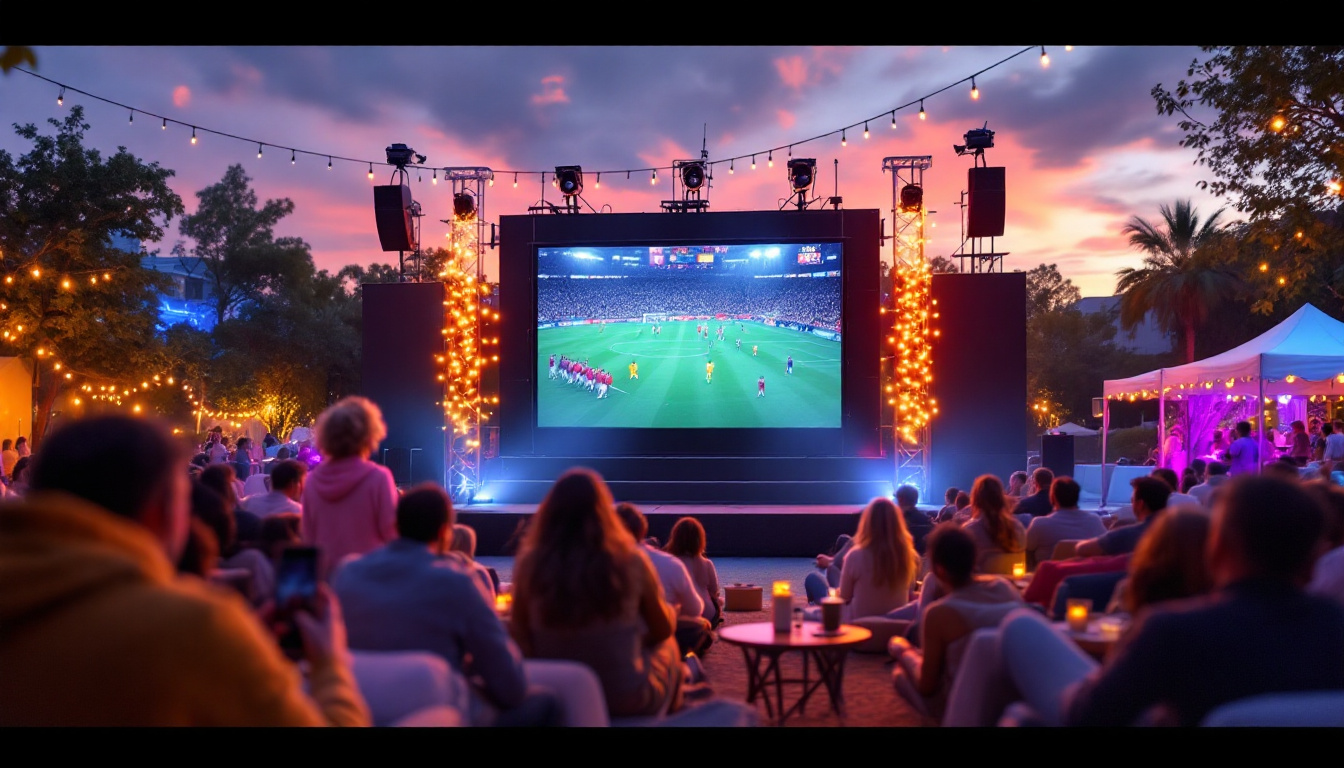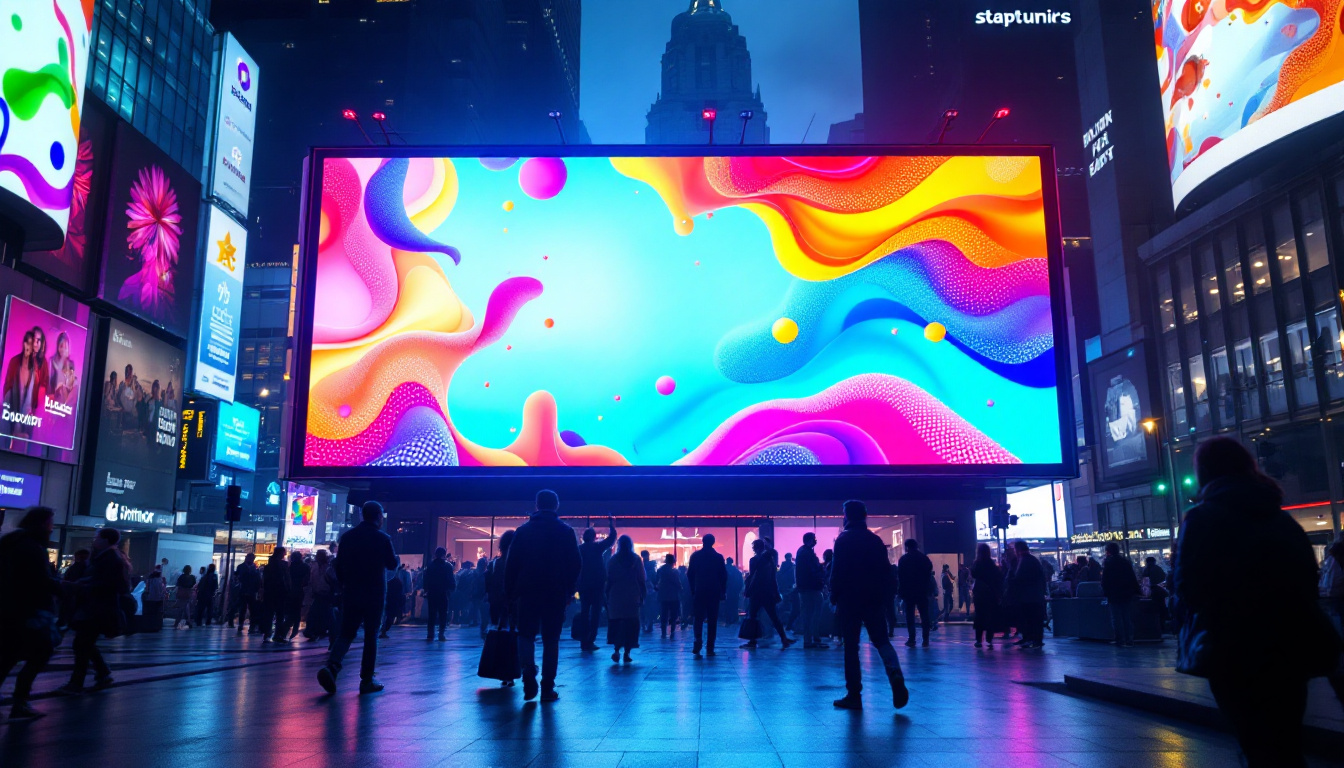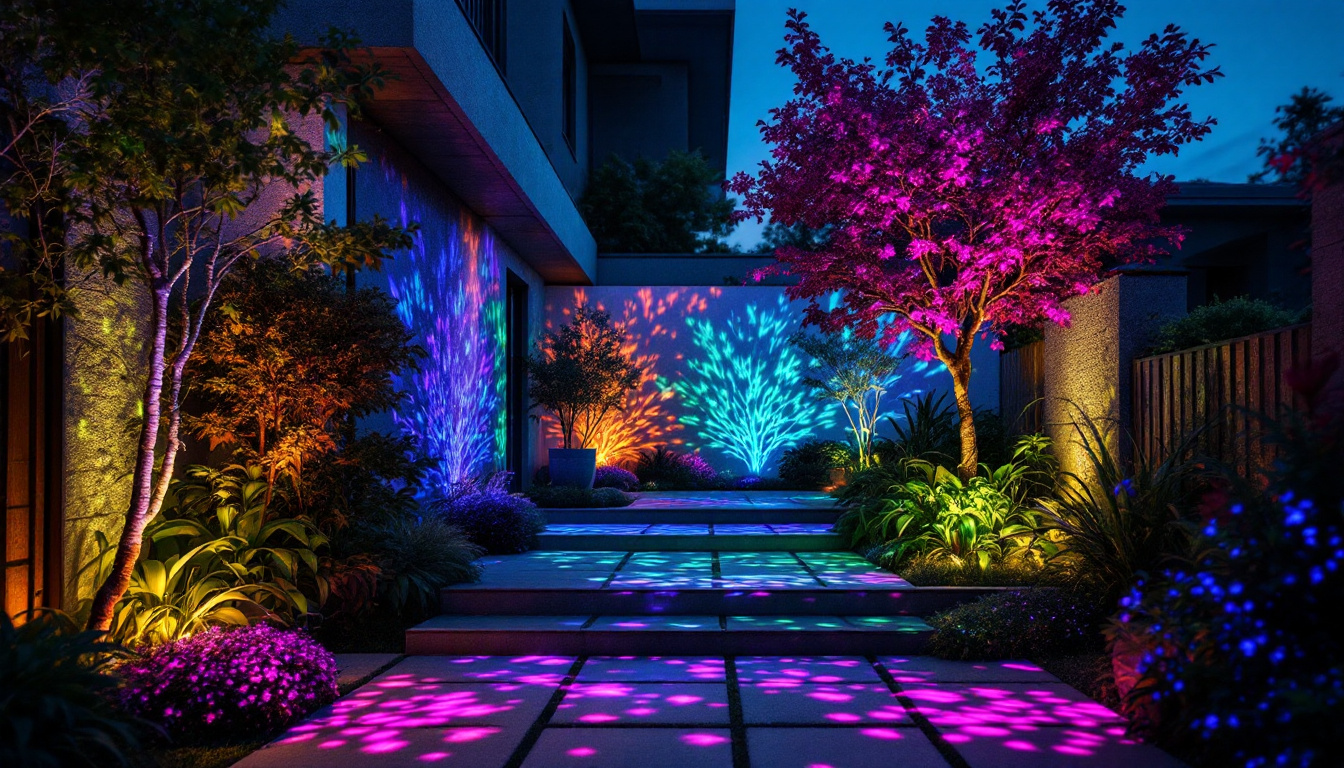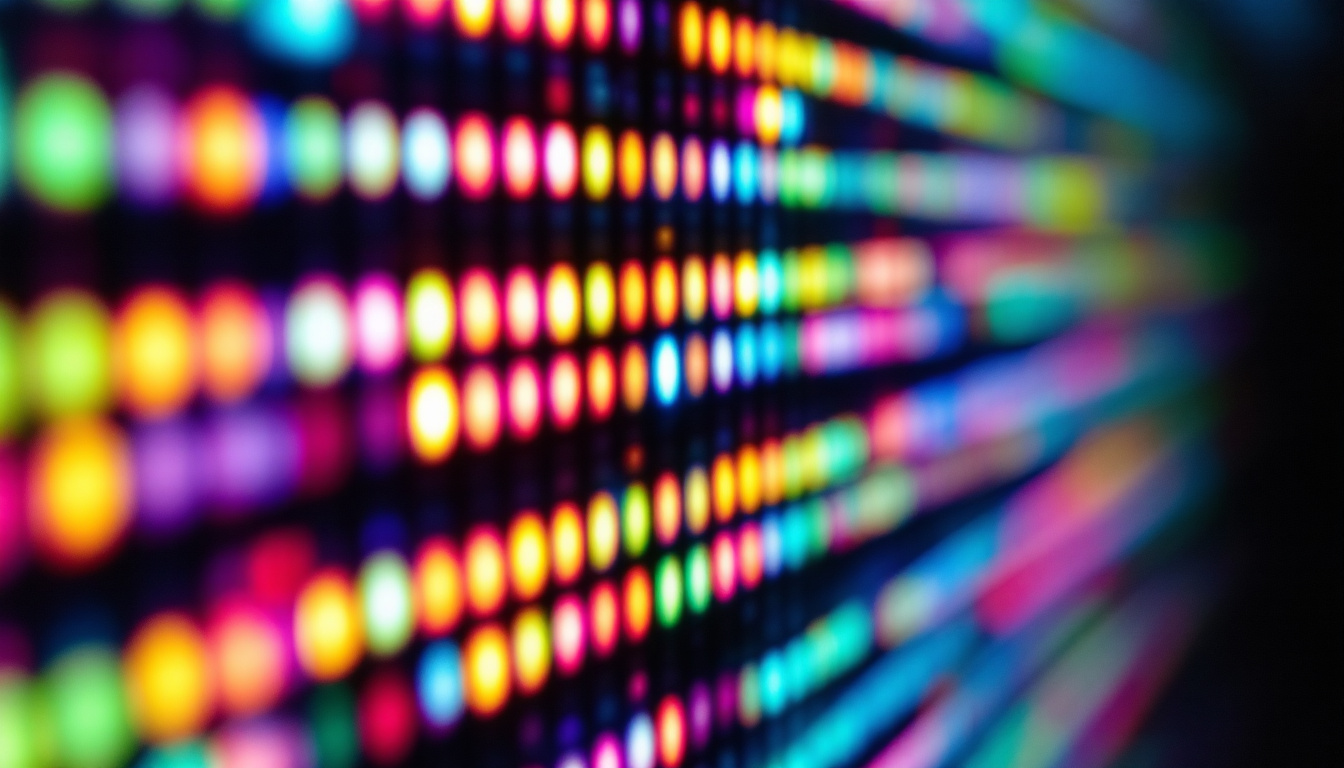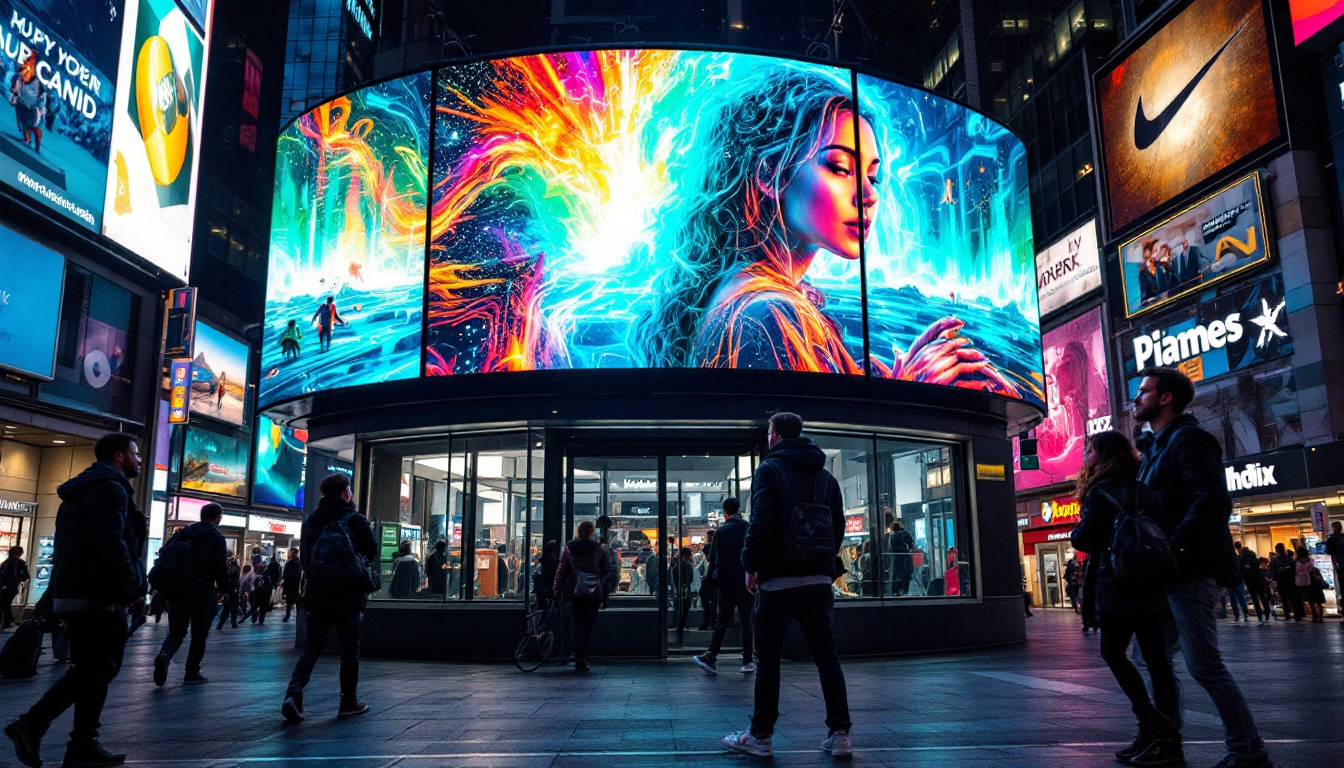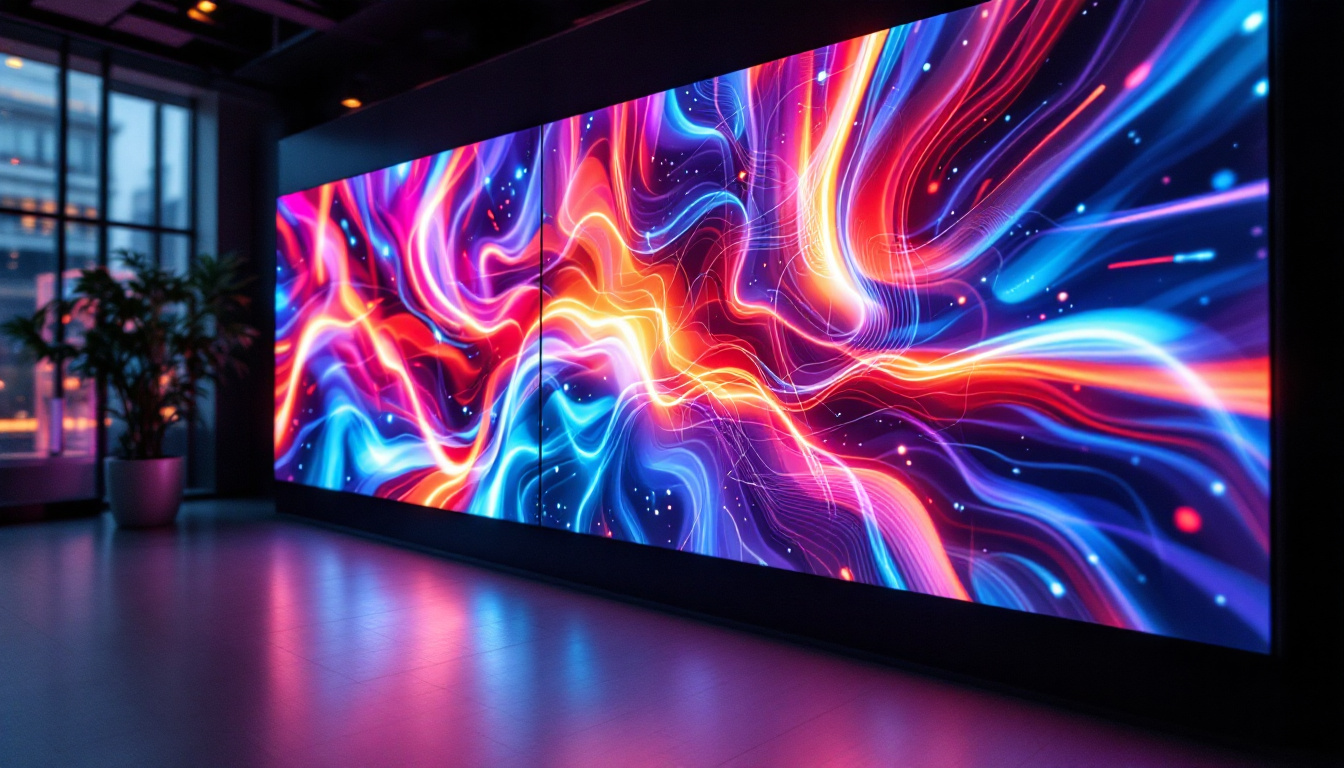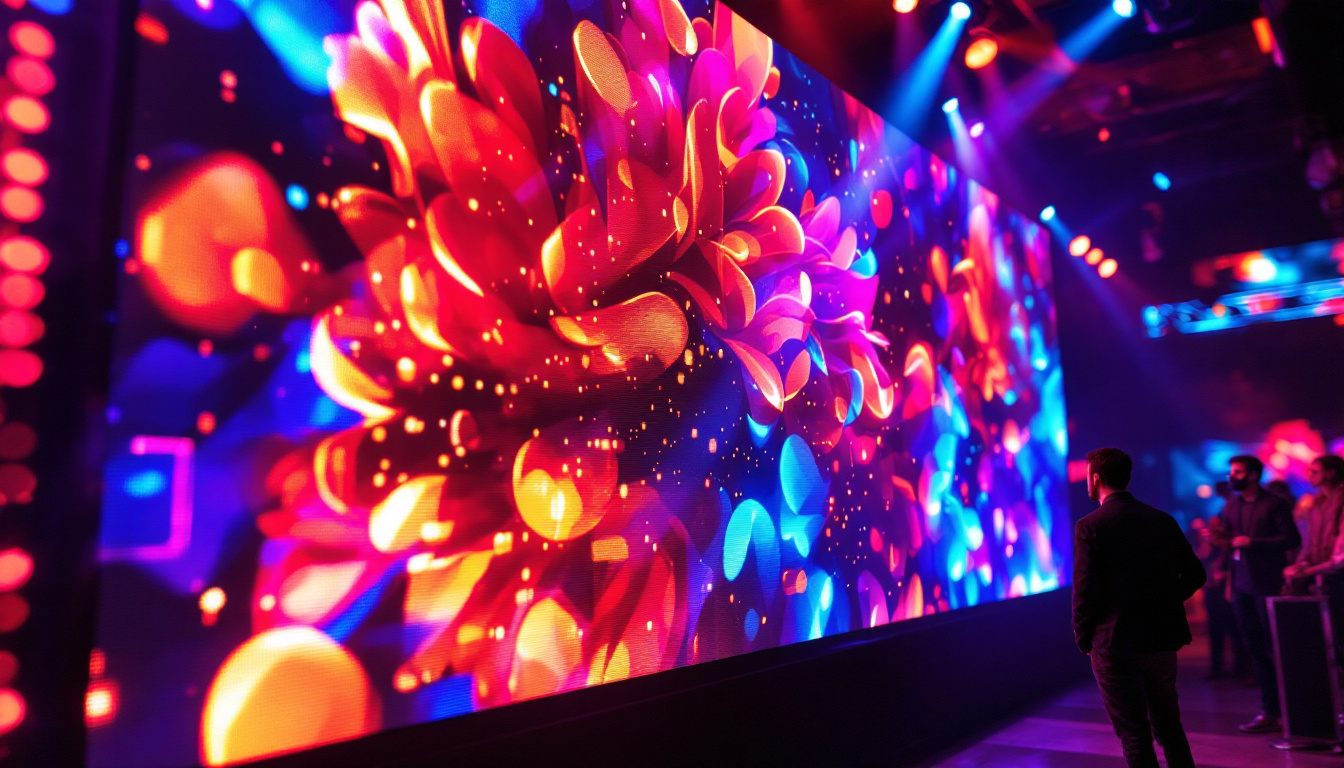In the modern age of technology, the way we consume information and entertainment has evolved dramatically. One of the most significant advancements in this field is the development of LED displays, particularly in the context of wall media centers. These displays have transformed how businesses, educational institutions, and entertainment venues present content, making it more dynamic and engaging. This article delves into the intricacies of LED displays, their benefits, and their applications in wall media centers.
Understanding LED Technology
LED, or Light Emitting Diode, technology has revolutionized the display industry. Unlike traditional LCD or projection systems, LED displays utilize a series of small diodes that emit light when an electric current passes through them. This technology allows for brighter, more vibrant colors and deeper blacks, resulting in a superior visual experience. The compact size of LEDs also enables manufacturers to create thinner and lighter displays, which is particularly beneficial for portable devices and modern architectural designs.
The Basics of LED Displays
LED displays can be categorized into two main types: direct view and backlit. Direct view LED displays consist of individual pixels made up of red, green, and blue diodes, which combine to create a full spectrum of colors. Backlit LED displays, on the other hand, use LEDs to illuminate an LCD panel from behind, providing a brighter image than traditional fluorescent backlighting. The evolution of these technologies has led to the development of advanced features such as HDR (High Dynamic Range), which enhances the contrast and color accuracy, making images appear more lifelike.
One of the critical advantages of LED displays is their ability to produce high brightness levels, making them suitable for various environments, including bright rooms and outdoor settings. Additionally, LED technology is energy-efficient, consuming less power compared to older display technologies. This efficiency not only reduces electricity costs but also contributes to a lower carbon footprint, aligning with global sustainability efforts. As a result, many businesses and organizations are increasingly opting for LED solutions as part of their commitment to eco-friendly practices.
Key Components of LED Displays
Understanding the key components of LED displays is essential for appreciating their functionality. The primary components include:
- LED Modules: These are the building blocks of an LED display, consisting of multiple LEDs arranged in a grid to form pixels.
- Control Systems: These systems manage the content displayed on the screen, allowing for real-time updates and changes.
- Power Supply: A stable power supply is crucial for maintaining consistent brightness and performance.
Each component plays a vital role in ensuring that the LED display operates smoothly and delivers high-quality visuals. Additionally, the integration of smart technology into LED displays has opened up new possibilities for interactivity. For instance, many modern LED displays now come equipped with touch-sensitive surfaces or can be integrated with mobile apps, allowing users to control content and settings seamlessly. This interactivity enhances user engagement, making LED displays an ideal choice for advertising, education, and entertainment applications.
Benefits of LED Displays in Wall Media Centers
Wall media centers equipped with LED displays offer numerous advantages that enhance the overall viewing experience. From improved image quality to versatility in application, the benefits are substantial.
Enhanced Visual Quality
One of the most notable benefits of LED displays is their exceptional visual quality. The ability to produce bright, vivid colors and high contrast ratios makes them ideal for displaying detailed images and videos. This quality is particularly important in environments where visual clarity is paramount, such as in conference rooms, auditoriums, and retail spaces.
Moreover, LED displays maintain their performance over time, with less degradation compared to traditional display technologies. This longevity ensures that the investment in an LED display continues to pay off in the long run.
Flexibility and Scalability
LED displays are highly versatile and can be configured in various sizes and shapes to fit different spaces and purposes. Whether it’s a large video wall in a public space or a smaller display in a corporate setting, LED technology can be adapted to meet specific needs.
Additionally, LED displays can be easily scaled. This scalability allows businesses to expand their display systems as their needs grow, making them a future-proof investment. For instance, a company may start with a small display and later integrate additional modules to create a larger video wall.
Energy Efficiency and Cost-Effectiveness
Energy efficiency is another significant advantage of LED displays. They consume less power than traditional display technologies, leading to lower electricity bills and a reduced carbon footprint. This efficiency is particularly beneficial for organizations that operate large display systems continuously, as the savings can be substantial over time.
Furthermore, the durability of LED displays translates to lower maintenance costs. With fewer components that are prone to failure, organizations can save on repair and replacement expenses, making LED displays a cost-effective choice in the long run.
Applications of LED Displays in Wall Media Centers
LED displays have found a wide range of applications in wall media centers across various industries. Their versatility allows them to serve different purposes, from advertising to information dissemination.
Corporate Environments
In corporate settings, LED displays are commonly used for presentations, video conferencing, and internal communications. The ability to display high-quality visuals helps enhance presentations and keeps employees engaged during meetings. Additionally, LED displays can be used to showcase real-time data, such as sales figures or project updates, fostering a more informed workforce.
Many companies also utilize LED displays in their lobbies or reception areas to create an impressive first impression for visitors. Dynamic content can be showcased, including company branding, news, and upcoming events, making the space more inviting and informative.
Retail and Advertising
retail environments have embraced LED displays as powerful marketing tools. These displays can capture the attention of potential customers with vibrant visuals and dynamic advertisements. Whether used for in-store promotions or outdoor billboards, LED displays offer a way to engage consumers effectively.
Moreover, the flexibility of LED displays allows retailers to change their content frequently, adapting to seasonal promotions or new product launches. This capability ensures that the marketing message remains relevant and appealing to customers.
Entertainment Venues
In the entertainment industry, LED displays have become ubiquitous. From concert stages to sports arenas, these displays provide immersive experiences for audiences. High-resolution LED screens can display live feeds, graphics, and animations, enhancing the overall atmosphere of events.
Furthermore, LED technology is often used in theme parks and attractions to create captivating visual displays that engage visitors. The ability to create stunning visuals contributes to the overall experience, making events more memorable.
Choosing the Right LED Display for Your Wall Media Center
When selecting an LED display for a wall media center, several factors must be considered to ensure the best fit for specific needs. Understanding these factors can help organizations make informed decisions.
Resolution and Pixel Pitch
The resolution of an LED display is crucial for determining the clarity of the images and videos displayed. Higher resolutions provide sharper images, which is especially important for close viewing distances. Pixel pitch, which refers to the distance between the centers of adjacent pixels, also plays a significant role in image quality. A smaller pixel pitch results in a higher resolution and is ideal for applications where viewers will be close to the display.
Brightness Levels
Brightness is another critical consideration, particularly for displays intended for outdoor use or brightly lit environments. The brightness level, measured in nits, determines how well the display can be seen in various lighting conditions. A higher brightness level ensures that the content remains visible, even in direct sunlight.
Installation and Maintenance
Finally, the installation and maintenance requirements of an LED display should be taken into account. Some displays may require specialized mounting solutions or infrastructure modifications, while others can be installed more straightforwardly. Additionally, understanding the maintenance needs, such as cleaning and servicing, is essential for ensuring the display’s longevity and performance.
The Future of LED Displays in Wall Media Centers
The future of LED displays in wall media centers looks promising, with ongoing advancements in technology and design. As the demand for high-quality visual experiences continues to grow, innovations in LED technology are expected to enhance performance and functionality.
Emerging Technologies
Emerging technologies, such as microLED and OLED, are set to redefine the landscape of LED displays. MicroLED technology offers improved color accuracy and energy efficiency, while OLED displays provide exceptional contrast ratios and viewing angles. As these technologies mature, they will likely influence the design and capabilities of future wall media centers.
Integration with Smart Technologies
Moreover, the integration of LED displays with smart technologies is becoming increasingly prevalent. Features such as touch interactivity, augmented reality, and IoT connectivity are enhancing the way organizations utilize their displays. This integration allows for more engaging and interactive experiences, further elevating the role of LED displays in wall media centers.
Sustainability Considerations
As sustainability becomes a growing concern, manufacturers are focusing on creating eco-friendly LED displays. This includes using recyclable materials, reducing energy consumption, and improving overall efficiency. Organizations are likely to prioritize sustainable solutions in their purchasing decisions, making eco-friendly LED displays a key trend in the industry.
Conclusion
LED displays have become an integral part of wall media centers, providing unparalleled visual quality, versatility, and cost-effectiveness. Their applications span across various industries, enhancing communication, marketing, and entertainment experiences. As technology continues to evolve, the future of LED displays promises even more exciting developments, making them a vital component of modern media presentation.
Investing in LED display technology is not just about keeping up with trends; it is about embracing a future where visual communication is more dynamic, engaging, and effective. Organizations that recognize the value of LED displays will undoubtedly reap the benefits in the years to come.
Discover LumenMatrix LED Display Solutions
Ready to elevate your wall media center with the latest in LED display technology? LumenMatrix offers a comprehensive range of innovative LED display modules designed to transform your space and captivate your audience. From vibrant Indoor and Outdoor LED Wall Displays to versatile Vehicle and Sports Displays, our solutions are crafted to deliver unparalleled visual quality and performance. Experience the future of dynamic visual communication with our Custom, All-in-One, and Transparent LED Displays. Don’t miss out on the opportunity to enhance your brand’s visibility and engagement. Check out LumenMatrix LED Display Solutions today and step into a world of vivid imagery and impactful messaging.

